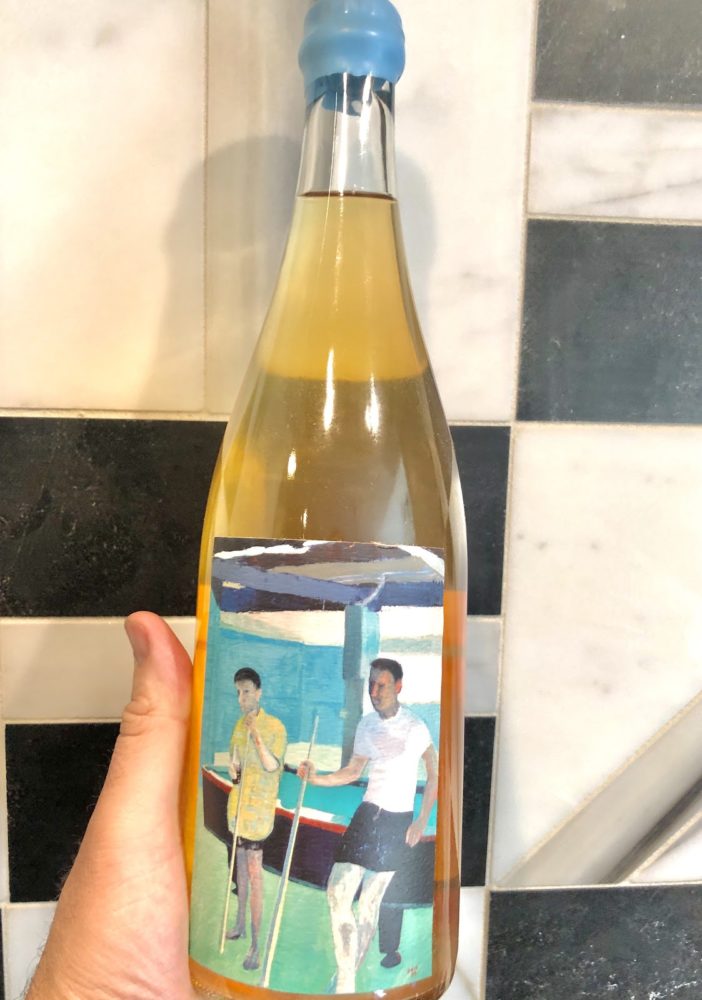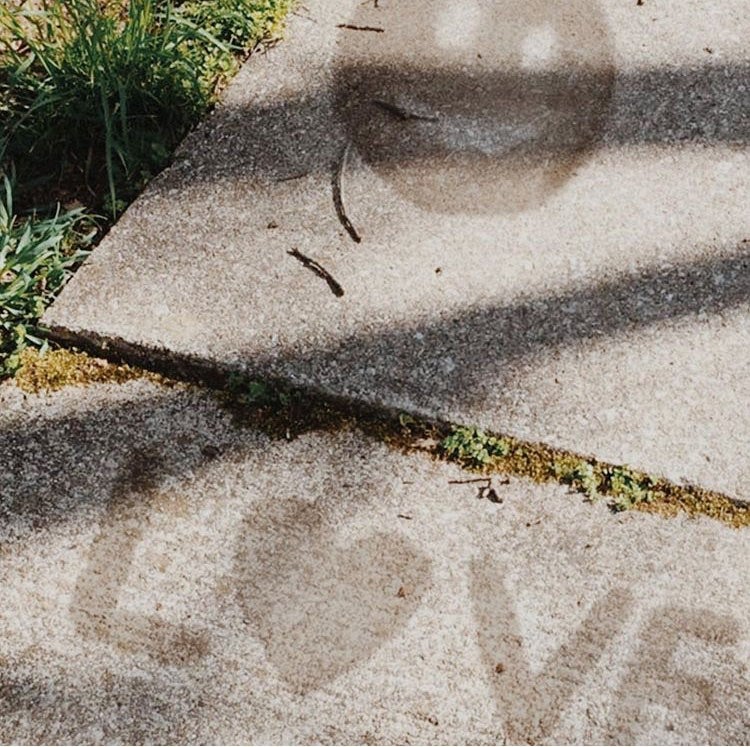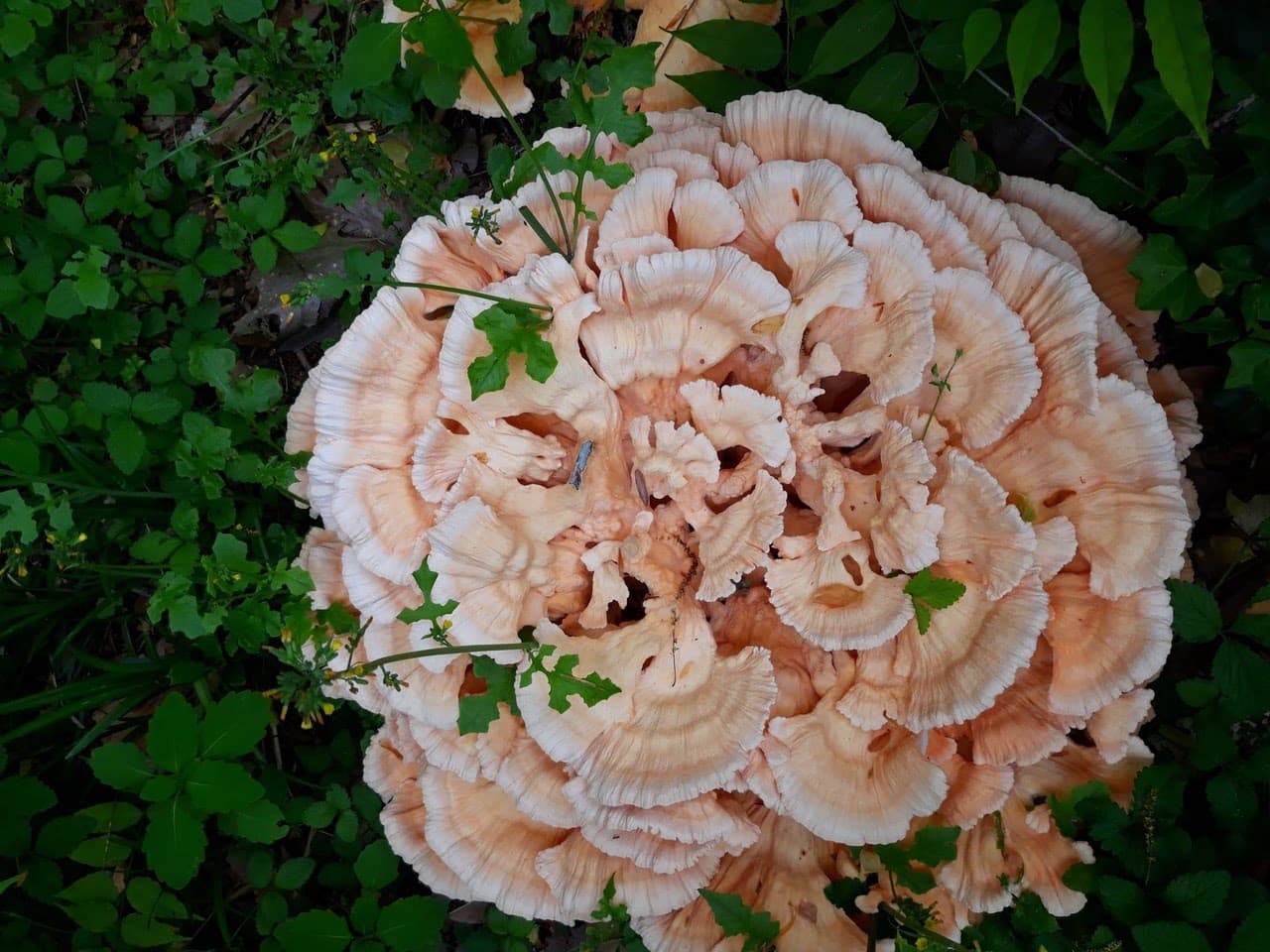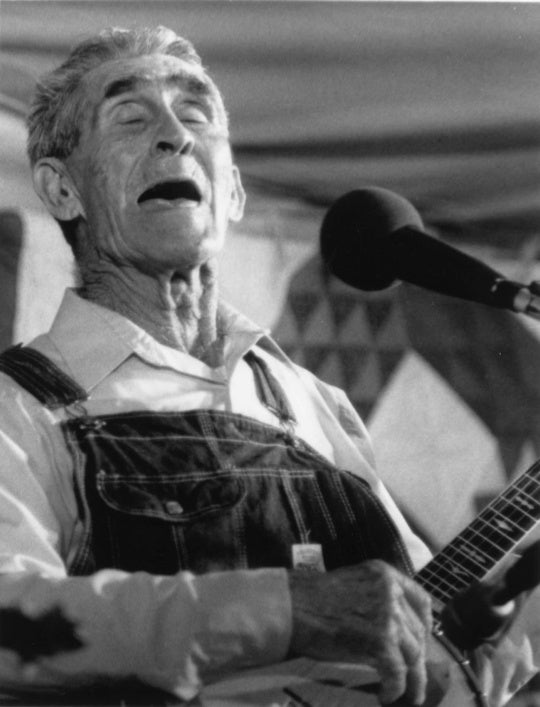Three weeks ago, in the first Dispatches from the Plague, we asked artists, writers, nonprofit leaders, gallery directors, and others across the South about how they are navigating the dramatic changes to daily life brought on by the COVID-19 pandemic.
In this second roundup of dispatches, we hear six additional perspectives on life during the plague.
It’s strange to think it’s been just about a month now since Miami restaurants were indefinitely shuttered and I began social distancing in earnest. The days have been puzzling, disquieting, arid. There are the logy mornings filled with fretting over statistics and projections, the afternoons punctuated by stretches of brittle idleness, the evenings whose rhythms have grown vexed. I am one of thousands of Florida residents who have recently filed claims for unemployment benefits. (Or “reemployment assistance” as the state curiously rebranded it in 2012. One feels beneath that tidy renovation the fear and the revulsion of the nominal “welfare queen,” specter of Reagan.) The unemployment website is janky and erratic, with outdated servers ill-equipped to accommodate the surge of new applicants. It was just after 4 am when I finally completed the process. In the end, potential recipients are put through their paces for scant gain. At a weekly maximum benefit of around $275, Florida’s benefits are among the lowest in the country. As of this writing, the status of numerous applicants, myself included, remains “pending.”
So I wait. Mostly, though, I read, I watch movies, I listen to music, I take walks, all sporadically. The reading has been clarifying, and at times, consoling. How thrilling to read Vivian Gornick’s Romance of American Communism as “essential” (and thus particularly vulnerable) workers across the country demand increased compensation and protections amid perilous working conditions. Stirring too to read Mary McCarthy’s Memories of a Catholic Girlhood, with its bleak recollections of the 1918 influenza pandemic (which left McCarthy and her younger brother orphaned). It’s an activity I can more adequately muster the energy for rather than, say, straining to square my waning reserves of optimism with our new terrible realities. Sometimes the only thing you can wrap your mind around is history.
Ade J. Omotosho, writer, Miami
Every week is different, every week is the same. I just now wondered aloud if a restaurant near us was open for pick-up tonight and then realized they are not open on Mondays. Then I realized that was pre-all of this and that they are doing Mondays now. Then I realized, it’s Wednesday. There was going to be a hectic schedule of exhibitions, essays, and travel, but everything I had lined up is now (rightly) canceled. In some ways, I’m sad about that, but it’s also more than fine.

Last week I did 2,500 push-ups. The week before, I took long, aimless drives through an otherwise empty Downtown Atlanta, falling in love with a large section of the city I rarely spend time in. The week before that, I ordered a bottle of L’Imparfait Négociant Macération, which is a blend of Savagnin & Gewurztraminer and Chardonnay. The wine is a collaboration between David McMillen (from Joe Beef, Montreal) and Hinterland Winery in Prince Edward County, Ontario. I’m certain wine is excellent, but I bought it mostly because the label is a painting by David Doig, father of one of my favorite artists ever. A lot of time has been spent admiring the bottle, to the point where I’d rather not open it up. Mostly, I’ve been thinking about stay-at-home parents.
My partner is still working. Our son’s school is closed. So he and I are in this together. My incredible two-year-old and I are at it from 5 AM through 7 PM, with a two-hour nap tucked in there. It’s exhausting—and amazing. We will likely never get this kind of time together again. He is confused about why he isn’t going to school, seeing friends, or, most importantly, going to the playground. I try to occupy his time, to make this fun and educational. I want to write essays and think about future shows, but when the day is done, so am I. Shout out to all of the artists and writers out there that do this. During this pandemic, but also before and after. Those fantastic parents that are great with their kids, and then muster the energy at the end of the day to step out into the garage studio and make another painting— you guys are my heroes.
Daniel Fuller, curator, Atlanta
Over the course of this past month in isolation I’ve been working on living out the fantasies I had when I moved to Athens from Los Angeles a few years ago, for what I imagined would be a slow paced Southern life. Being quarantined has afforded me the opportunity to sit on my porch and watch rain, play guitar, take Super 8 footage of carpenter bees flying in my yard, and spend entire days watching movies. Last night I watched a great movie called Lightning Over Braddock, made by this guy Tony Buba in the late ’80s. The movie is billed as a pseudo-documentary about a town outside of Pittsburgh devastated by a decline in the steel industry, but ends up being a highly comedic satire of American dreams. I don’t think it’s streaming anywhere, but you can order a copy of the DVD directly from the filmmaker on braddockfilms.com.
My gallery has been closed to the public for over a month. I was in Milwaukee when things started shutting down and decided to drive instead of fly home. I had to postpone my show with Jasmine Little, that was meant to open March 20. Fortunately, I was able to make a last- minute change to the schedule and drive back with a show of work by Sheila Held, an artist based in Wauwatosa, Wisconsin. I had Sheila’s weavings installed thinking that at some point people would be able to view the show by appointment. Unfortunately, it’s not looking like that will be able to happen. I’ve decided to postpone my exhibition schedule until the fall, or whenever it’s likely that people will be able to come and see the shows in person again. I’m pretty disinterested in the idea of online viewing rooms and have considered using the gallery as a way of promoting artists videos or things that are meant to be viewed on screens. In the meantime, I’m going to try to keep enjoying this once-in-a-lifetime opportunity to enjoy doing a lot of things that aren’t productive.
Tif Sigfrids, gallery owner, Athens, Georgia

The should-be exciting news that Spring Break had been extended another week was quickly overshadowed by my panic at the daunting task of teaching printmaking studio classes online. I wracked my brain, Facebook printmaking groups, and YouTube for projects that would closely mimic the processes my students were learning in class. My ambitiously revised syllabi were met with concern among students—they didn’t have supplies, couldn’t afford to buy new ones because they or their parents had lost jobs, and didn’t want to risk infection with a visit to the local arts and crafts store. Fair.
Again, I ransacked the internet for projects that could be accomplished with everyday household materials. My anxiety about adhering to course objectives began to dissipate as I realized that finishing the semester was perhaps the last concern of students dealing with displacement from dorm rooms, lost income, or the education of their own children at home. Assignment ideas began to spring up as artists and creative organizations responded to the situation with projects that engaged the community. Postcard contests and collaborative zines were proposed to unify individuals separated by social distancing. Mail art is so hot right now. Virtual exhibitions have popped up to encourage people to continue making by providing a platform for sharing. Even sidewalk chalk drawings and handwritten notes in windows lend comfort and support to strangers.
The resourcefulness of artists and the ability of art to inspire hope have come to the forefront in light of this pandemic. In the end, I realized I didn’t need to change my course objectives after all: my intent for my students was always to demonstrate the transformative qualities of art through projects that promoted community, solidarity and hope.
Kaleena Stasiak, artist, Visiting Assistant Professor in Printmaking, University of South Alabama, Mobile
Being held in indeterminate COVID-limboland has turned into an interesting still time for me: four shows, including a large solo exhibition in D.C., have completely vanished, and the accompanying pressures have likewise gone up in smoke. As so much of my work involves travel to remote places to unearth and reveal sneaky plastic hiding spots, I’ve become essentially grounded.
Luckily, this coincided with the end of the endless rain, whcih has given me time to explore very locally, opening up new avenues for my obsession with finding things into a form of urban gleaning. For example, I now am doing plastic interventions by retrieving large parts of car wrecks along highways, preventing the eventual micro-plasticking of a millionfold-sized piece that will also function as an element in a new large sculpture. My interest in psychogeography and the lay lines of “affordances” encountered during my daily sojourns has led me to new discoveries. Walking as an art form, and the revelation of encounters that allows for a re-writing of histories, expanded Debord’s Parisian jaunts into a deeper practice called mythogeography by my Britsh artist friend Phil Smith.

Entering a newly discovered neighborhood park near my home has revealed unexpected treasures. For some reason, the first time I was there, I discovered a dearth of people and stumbled upon a large, nearly complete amethyst crystal laying on the ground. Intrigued by this clearly near-mystical affordance, I have returned now many times to this spot to discover native trilliums, butterfly lilies, wild geraniums and “little brown jug” plants. Ultimately, I found a cluster of massive specimens of the legendary chicken of the woods mushroom, looking for all the world like bright orange rosettes of coral from the underwater worlds I have been jonesing for. Being no expert mycologist, I identified it on the web and then carefully ate small pieces for several days in a row. With no ailment arising, I returned to harvest a motherlode. I spent most of a day cleaning, trimming and cooking this glorious meat-ish fungus, so nearly a simulacrum of actual chicken that it reminded me of the exact last time I ate a bird more than thirty years ago. I now have a small bounty of this edible masterpiece in my freezer and feel somewhere between a homesteader and a prepper. But I’m very happy with the ecological rebounding nature seems to be up to when humans just chill out for a minute and vacate the scene. I decided to devote this time to learning as much as I can,and practicing attention.
Pam Longobardi, artist, Atlanta
During this whole COVID-19 outbreak, I’ve missed my family and friends and eating food at restaurants. I’m not really going to have a fifth grade elementary school graduation. I’m confused and worried because I knew that the coronavirus was serious, but I didn’t think that it would affect me like this. I’m concerned about the rest of my family, and can only hope that we all make it through this okay.
I have found positives in it, though. I’ve been able to play with Legos more, and I’ve gotten to spend more time with my mom and dad, but there is one thing specifically that’s helped me get through this a bunch: journalism! I’ve written multiple articles for my blog. They are about art, music, and food. Journalism has given me time to understand, learn, and absorb information about things I’m interested in.
I wish I could just magically fix this, but I can’t. All we can do is sit, wait, hope we’ll get through this, and do something positive with our time.
Elijah Gomez, student, writer, and artist, Lego lover, Atlanta
During this time of unprecedented uncertainty and public concern, Burnaway has compiled a list of useful resources for artists and their supporters here.




